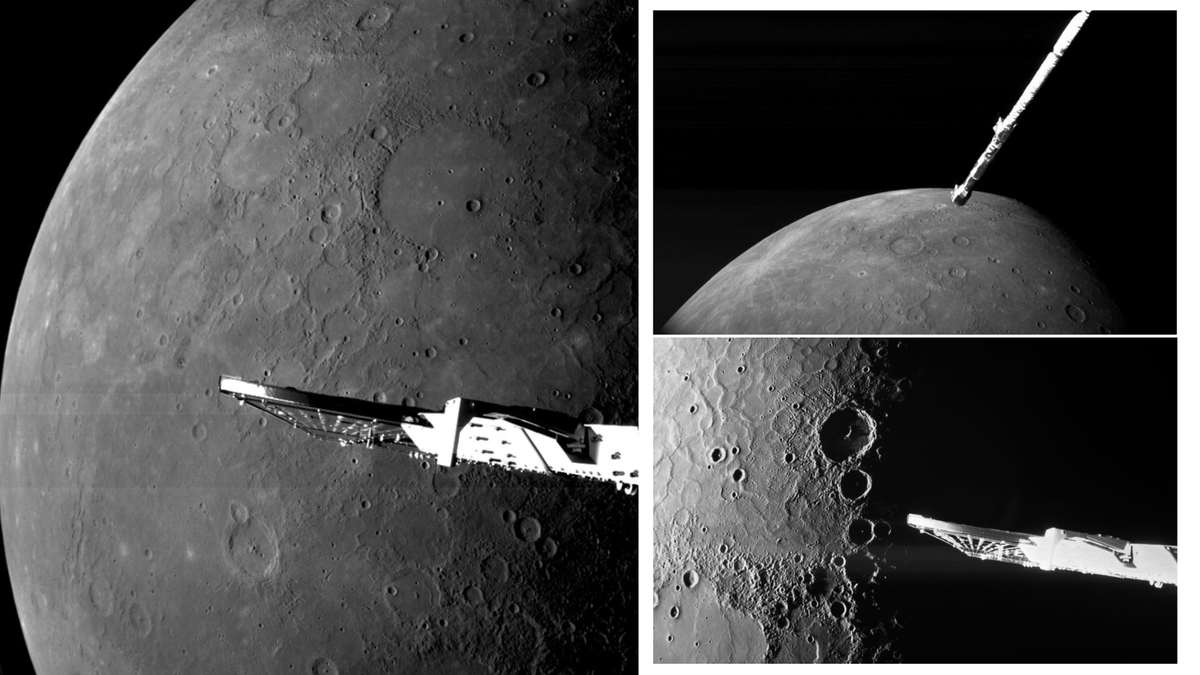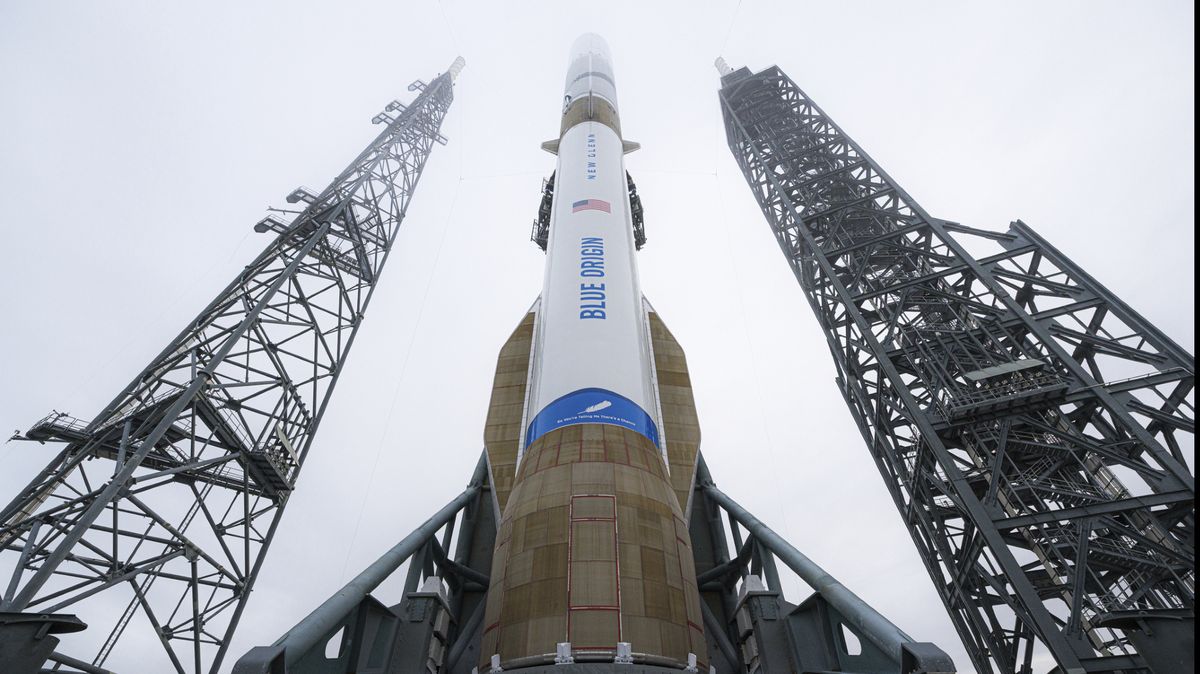 |
| An Early Cretaceous floodplain in southeastern England, 135 million years ago: a spinosaur takes over the carcass of an ornithopod, much to the annoyance of the smaller tyrannosaurs (left) and dromaeosaurids. in Barker, Handford, Naish, Wills, Hendrickx, … et Gostling, 2024. artwork by Anthony Hutchings. |
Abstract
The Lower Cretaceous Wealden Supergroup of southern England yields a diverse assemblage of theropod dinosaurs, its taxa being represented by fragments in addition to some of the most informative associated skeletons of the European Mesozoic. Spinosaurids, neovenatorid allosauroids, tyrannosauroids and dromaeosaurids are among reported Wealden Supergroup clades. However, the majority of relevant specimens are from the Barremian Upper Weald Clay and Wessex formations, and theropod diversity in the older Berriasian–Valanginian Hastings Group has remained poorly known, the fragmentary specimens reported thus far remaining enigmatic both in terms of phylogenetic affinities and sometimes provenance. A better understanding would be welcome given the paucity of Berriasian–Valanginian dinosaurs worldwide. Here, we describe an assemblage of Hastings Group theropod teeth from the Valanginian Wadhurst Clay Formation, mostly collected from the Ashdown Brickworks locality near Bexhill, East Sussex. These teeth were assessed using phylogenetic, discriminant and machine learning analyses and were found to include members of Spinosauridae, Tyrannosauroidea and Dromaeosauridae, in addition to others that remain of uncertain affinity within Coelurosauria. The taxa appear distinct from those already known from Wealden Supergroup strata: the spinosaurid cannot be referred to Baryonyx or the tyrannosauroid to Eotyrannus, for example, but we have not named new taxa at this time. Combined with other findings in the Wadhurst Clay Formation, our study indicates that Valanginian theropod diversity was comparable to that of younger Wealden Supergroup units, implying that the ‘characteristic’ theropod components of Wealden faunas were established early in the deposition of this famous geological succession.
Keywords: theropod, Wealden Supergroup, phylogenetics, machine learning, dinosaur, Cretaceous
 |
| Theropod teeth from the Wadhurst Clay Formation. A, BEXHM 1995.485 (morphotype I). B, BEXHM 2002.50.123 (morphotype II). C, BEXHM 2002.50.124 (morphotype III). D, BEXHM 2005.29 (morphotype IV). E, NHMUK PV R37630 (morphotype V). A, C–E, lingual; B, labial view. Scale bar represents 10 mm. |
 |
| Schematic representation of the theropod diversity throughout the Wealden Supergroup, with specimens from the Wealden Group (Wessex sub-basin) and the Hastings and Weald Clay groups (Weald sub-basin). |
 |
| An Early Cretaceous floodplain in southeastern England, 135 million years ago: a spinosaur (centre) takes over the carcass of an ornithopod, much to the annoyance of the smaller tyrannosaurs (left) and dromaeosaurids (bottom right).
artwork by Anthony Hutchings. |









Leave a Comment